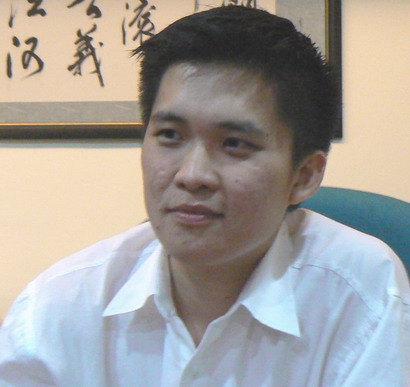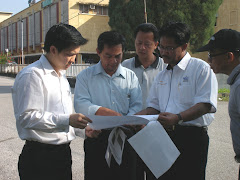
A WALL displaying Taman Cempaka’s name in four languages at the neighbourhood’s entrance in Ipoh should not be turned into a controversy, said Canning assemblyman Wong Kah Woh.
He said the move reflected Malaysia’s unique multicultural society which should be the basis of the country’s unity.
He said the wall had to be refurbished to replace the ageing letters for Taman Cempaka, some of which had deteriorated and dropped off over the last 30 years.
“I don’t think it should create any controversy unless a certain political party takes up the issue to gain political mileage,” Wong added.
Last week, Ipoh Timur Umno division chief Datuk Azian Osman reportedly criticised the move, saying that it went against the Federal Constitu- tion which stated that Bahasa Malaysia was the national language.
Azian had also said the multilingual sign was unnecessary as Taman Cempaka was not a tourist area.
Countering this, Wong said: “Bahasa Malaysia is our national language, this we have never doubted.”
The funds for the multilingual sign, he said, came from his assemblyman’s allocation.
To a question, Wong said he had no plans to propose that multilingual signs be used in other parts of Perak, nor does he have plans to put any more multilingual signs at other residential areas in his constituency.
“This (multilingual signs) is not something new. In Bandar Seri Botani and Taman Anda, for instance, there are signboards in two languages put up by the developer,” he pointed out.
Ipoh Timur Pas Youth chief Salman Saleh, who was also present, praised the move as it would help cultivate harmony among the various communities in the area.
“Putting up multilingual signs should also help redeem the status of Jawi writing that has been sidelined since 1963.
“Little by little, it will let the people realise the role of Jawi writing in Malay culture and religion,” he said.




.jpg)
